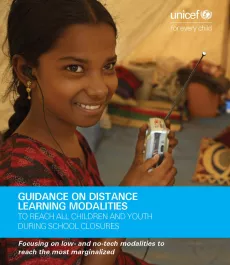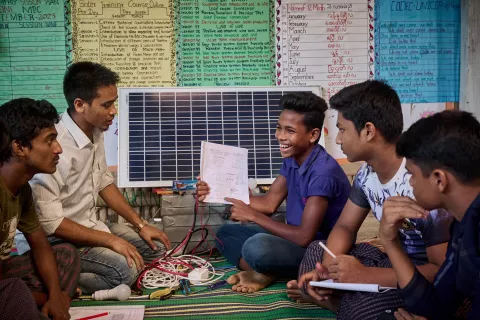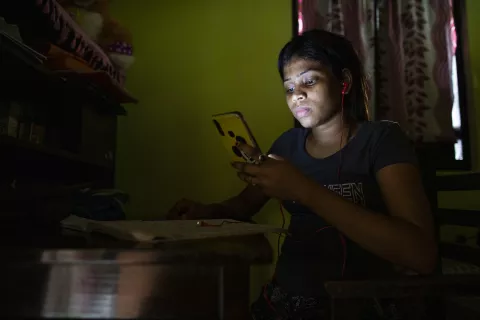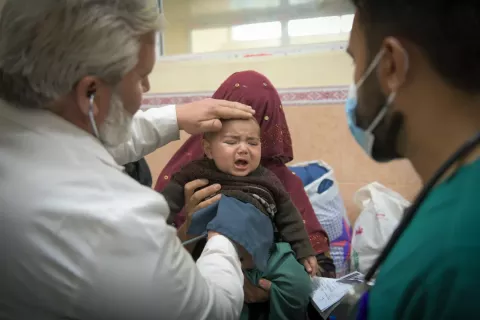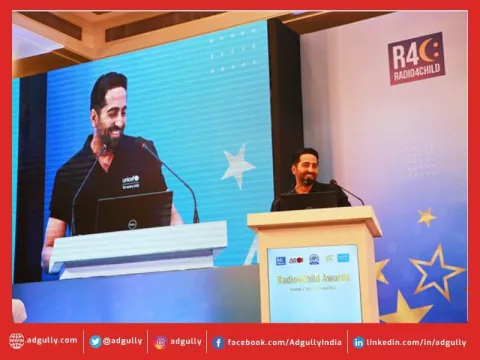Guidance on Distance Learning Modalities to Reach All Children and Youth During School Closures
Focusing on low- and no-tech modalities to reach the most marginalized
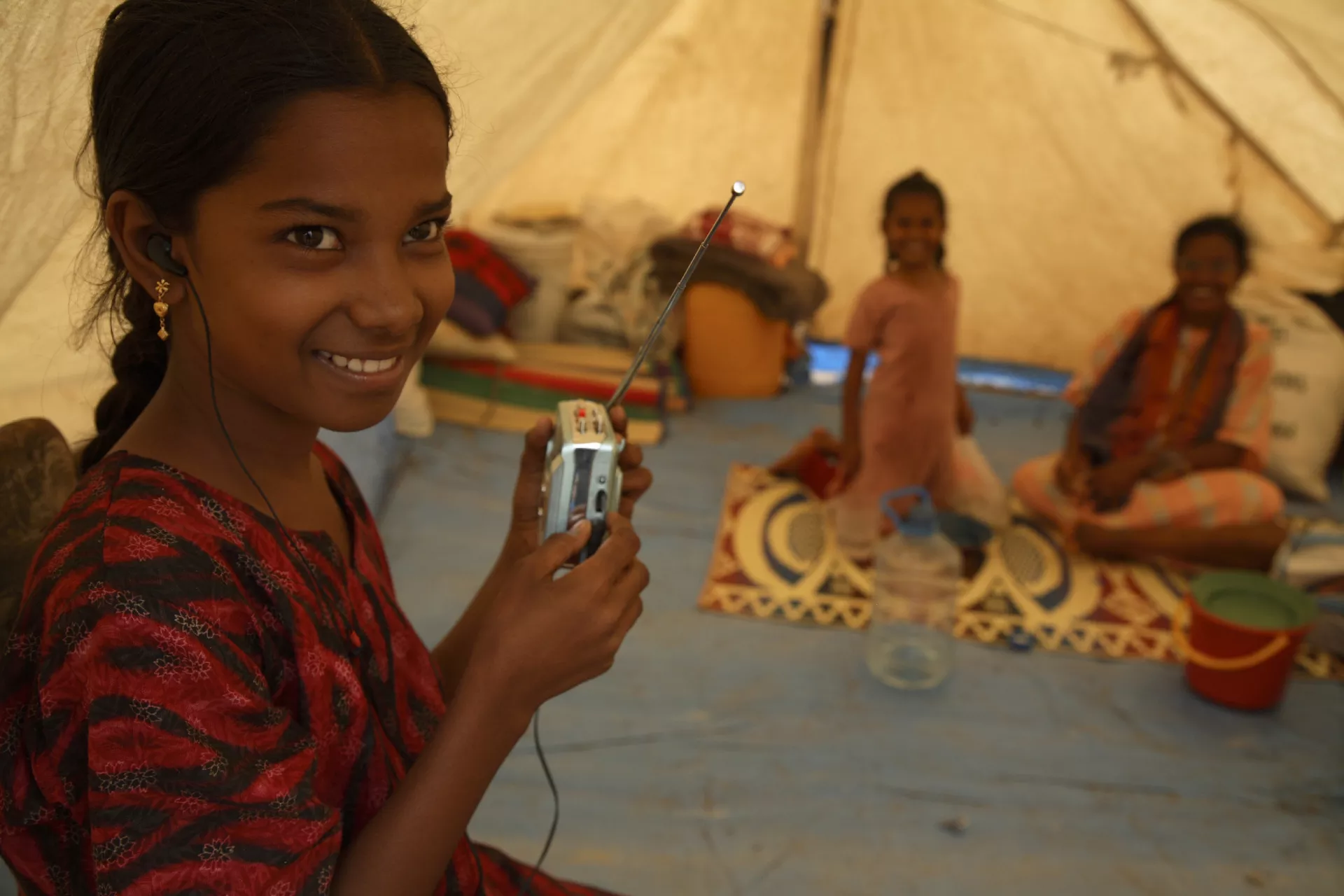
Highlights
As schools closed around the world due to COVID-19, many governments acted quickly to try and ensure that students continued learning through a number of distance learning modalities. As the crisis developed, the COVID-19 pandemic has exposed large inequalities in access to technology and has led to a global widening of gaps between those with opportunities to learn, in particular those who can access online lessons and resources, and those with few or even no opportunities to learn during school closures. This guidance provides key considerations and recommendations for government policy makers and education staff of national and international organizations involved in the education response during school closures, ensuring continuity of learning for all children and youth. It examines the opportunities and challenges of different distance learning modalities, with a focus on low- and no-tech modalities and approaches (such as the use of basic mobile phones) to reach the most disadvantaged and marginalized children.
